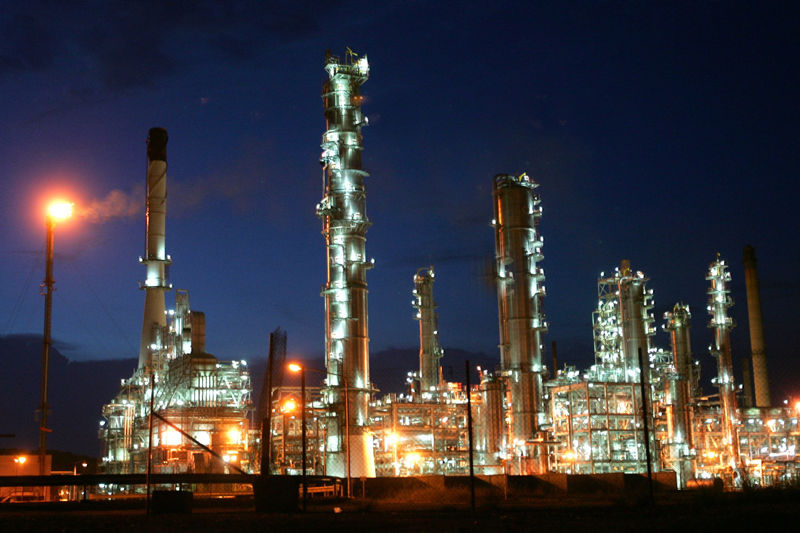A global energy crunch is sending liquefied natural gas prices skywards, but Thailand needs to ramp up its purchases to offset a steep production fall at its largest gas field and as sanctions threaten supplies from Myanmar.
The Southeast Asian country has little choice but join the scramble for alternative gas supplies at a time European demand is rising. Buyers there are rushing to secure cargoes to replace Russian gas and LNG as the Ukraine war intensifies.
The shortfall for Thailand, a net oil and gas importer which last year relied on imports for nearly 75% of its electricity, crude oil, coal and natural gas needs, could become more onerous as prices continue to soar.
Thailand’s deficit is largely due to sharply lower output from the offshore Erawan field, which provides the lion’s share of the country’s gas needs.
Threats of further US sanctions on Myanmar following last year’s military coup have also cast uncertainty over gas imports from the longtime supplier.
“We were dealing with a decline of gas in the Gulf of Thailand and potential sanctions in Myanmar … now we are adding another situation of soaring gas prices from the Ukraine-Russia situation,” energy permanent secretary Kulit Sombatsiri said.
PTT Exploration and Production (PTTEP), a unit of state-owned energy company PTT, is due to take over the Erawan gas field from Chevron in April and has been seeking to gain access to it since 2021.
Delays in Talks
Transitions between concessions on oil fields are often collaborative but delays in talks between PTTEP and Chevron come amid a dispute between the US oil major and the government over who should pay for removing the offshore assets in the field.
About a quarter of Thailand’s natural gas requirements used to come from the Erawan field, which is expected to produce less than a fifth of its capacity next month.
The delayed transfer has also slowed investments needed to sustain the field’s output, crucial to Thailand’s long-term energy security.
In 2021, 54% of the country’s electricity used LNG and a tiny fraction came from oil sources.
It had planned to boost imports this year, but prices of the super-chilled fuel have doubled in just over a month because of sanctions on Russia over its invasion of Ukraine.
When Chevron exits, production could be as low as 200 million standard cubic feet per day of gas (mmsfcd) before doubling to 400 mmsfcd in the fourth quarter, said SCB Securities analyst Chaipat Thanawattano.
- Reuters, with additional editing by George Russell
READ MORE:
ADNOC Unit to Supply Floating Storage for Manila LNG Terminal
China Approves LNG Terminal as Importers Flex Muscles
Australia’s Santos Plans LNG Projects as Profits Surge
























